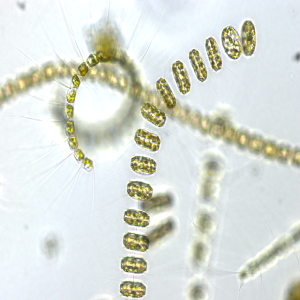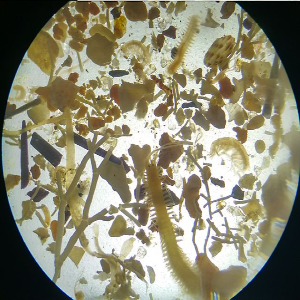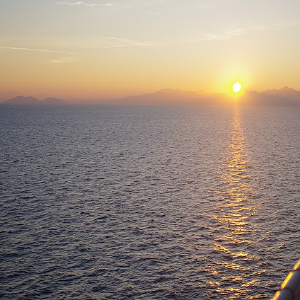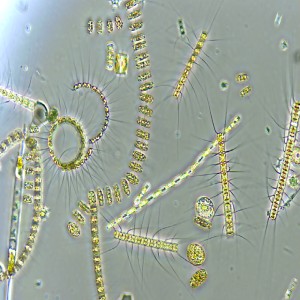Assessing population structure of European Anchovy (Engraulis encrasicolus) in the Central Mediterranean by means of traditional morphometry
Submitted: 5 June 2015
Accepted: 5 June 2015
Published: 1 December 2011
Accepted: 5 June 2015
Abstract Views: 1803
HTML: 297
Publisher's note
All claims expressed in this article are solely those of the authors and do not necessarily represent those of their affiliated organizations, or those of the publisher, the editors and the reviewers. Any product that may be evaluated in this article or claim that may be made by its manufacturer is not guaranteed or endorsed by the publisher.
All claims expressed in this article are solely those of the authors and do not necessarily represent those of their affiliated organizations, or those of the publisher, the editors and the reviewers. Any product that may be evaluated in this article or claim that may be made by its manufacturer is not guaranteed or endorsed by the publisher.
Traina, A., Basilone, G., Saborido-Rey, F., Ferreri, R., Quinci, E., Masullo, T., Aronica, S., & Mazzola, S. (2011). Assessing population structure of European Anchovy (Engraulis encrasicolus) in the Central Mediterranean by means of traditional morphometry. Advances in Oceanography and Limnology, 2(2), 141–153. https://doi.org/10.4081/aiol.2011.5322
PAGEPress has chosen to apply the Creative Commons Attribution NonCommercial 4.0 International License (CC BY-NC 4.0) to all manuscripts to be published.



 https://doi.org/10.4081/aiol.2011.5322
https://doi.org/10.4081/aiol.2011.5322







